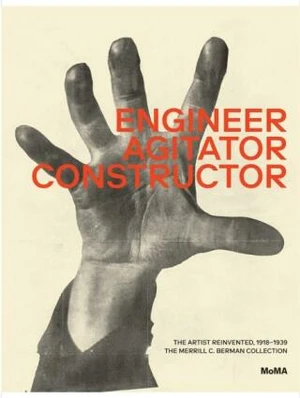We regarded ourselves as engineers, we maintained that we were building things’, declared Hannah Höch, describing a radical new approach to artmaking that took shape in the 1920s and 30s, in lockstep with the era’s shifts in industry, technology and labour, and amid the impact of momentous events: World War I, the Russian Revolution, the collapse of the Austro-Hungarian Empire, and the rise of fascism. Artists involved with varied avant-gardes – Dada, the Bauhaus, Futurism, Constructivism and de Stijl – reinvented their roles to create a dynamic art for a new world. This experimentation is richly represented in the Merrill C. Berman Collection, one of the most significant private collections of early-20th-century works on paper. Published in conjunction with a major exhibition celebrating MoMA’s acquisition of more than 300 works from the collection, this richly illustrated book includes close readings of drawings, propaganda posters, advertising, architecture, exhibition installations, journals and theatre design. Among the themes it explores are the crucial role of collage and photomontage in the interwar period; the importance of collective authorship; and the impact of political, economic and social change on visual culture.'
Historie cen
▼-10.48%
26. 2. 2023
44,44 €
24. 2. 2023
49,65 €

